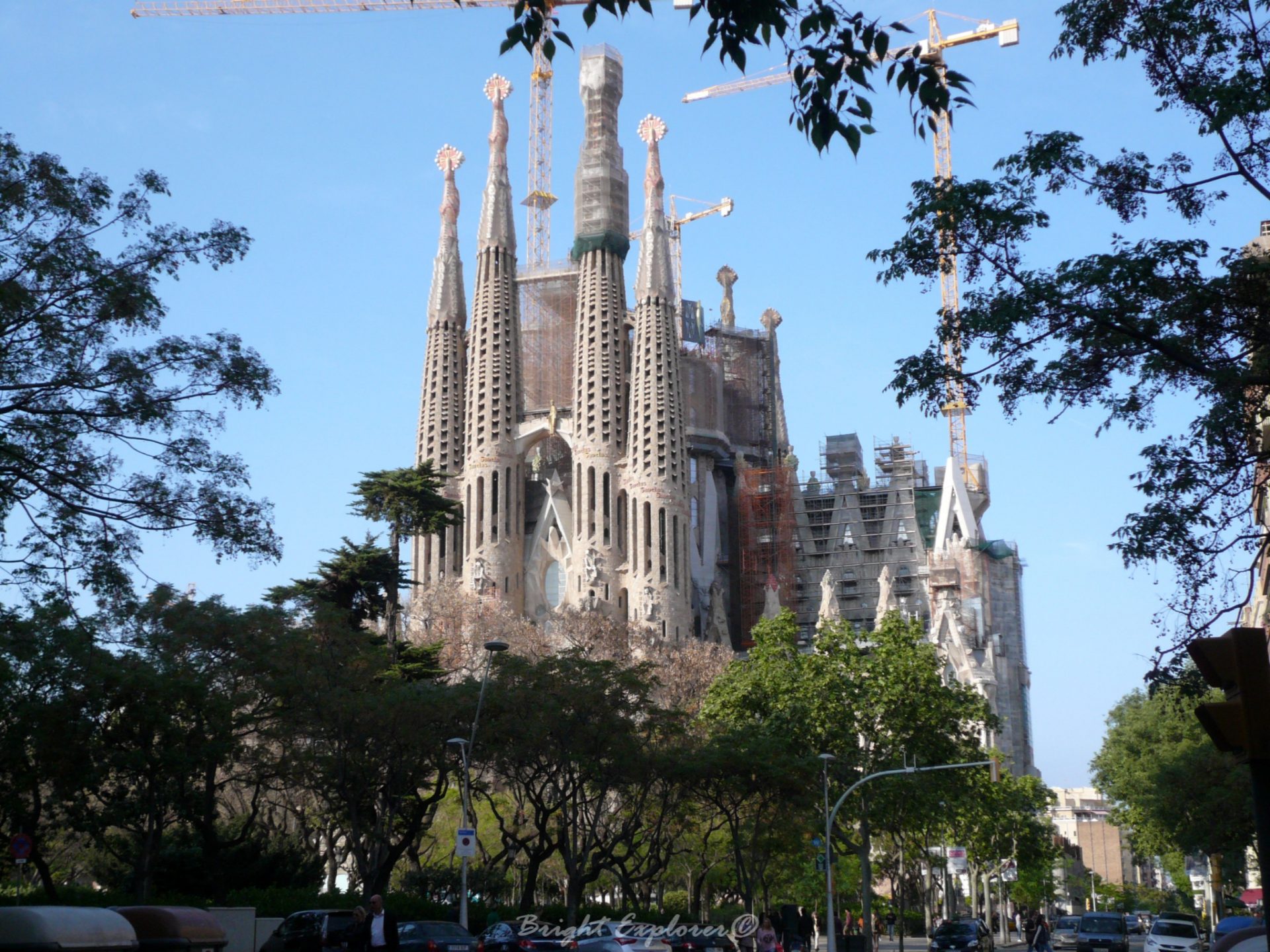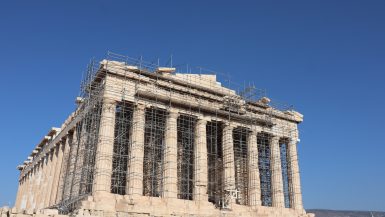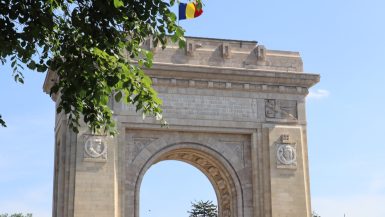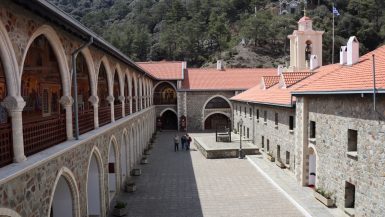Barcelona is the capital of Catalonia in Spain and one of the largest cities on the Mediterranean Sea. As a major tourist destination, Barcelona has a rich cultural heritage with architectural works that have entered the UNESCO World Heritage Sites list and many international sports tournaments. Apart from its architecture, Barcelona is famous for its beaches, the medieval yet cosmopolitan quarters in the historical centre and its football team.
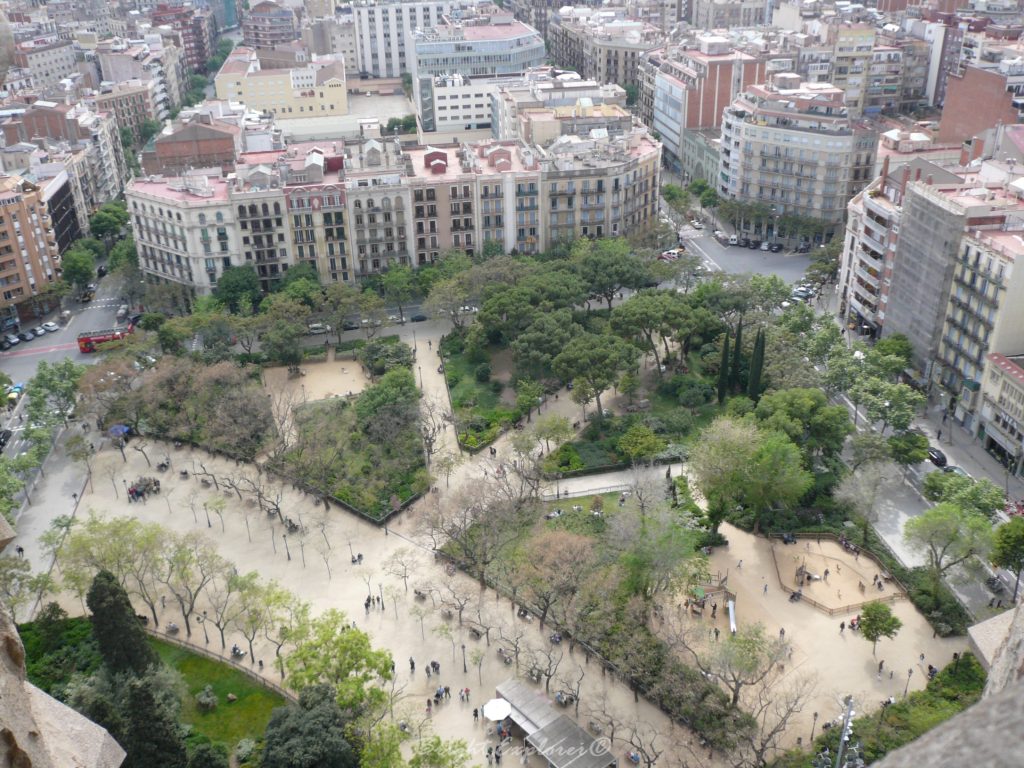
When to visit Barcelona
Barcelona, as a Mediterranean city, has hot summers. So, the best time to visit is between May and June. During this season Barcelona organizes many festivals that travellers like to attend. In any case, though, Barcelona is always tourist-crowded so there is no limit in the ideal days of visiting. July and August are high tourist months with the temperature and the hotel prices rising even higher. With fewer crowds and lower hotel rates, autumn can be the appropriate season for calm vacations or winter for the Christmas and New Year’s festivities. Barcelona in spring is beautiful and a bit cold. It is ideal for lower airfares and hotel prices.
How to go to Barcelona
Barcelona has a strategic location in southern Europe, making it a transport hub with infrastructures for air, sea, and land transportation. The port of Barcelona, the international Barcelona – El Prat Airport, which handles more than 50 million passengers per year, and the high-speed rail line give rapid access to the city from any Spanish or international destination. By road, Barcelona is linked with France and other cities in Spain.
Also, the port and smaller airports offer short trips to Majorca, Ibiza, Minorca, and Italy.

What to see in Barcelona
Barcelona is colorful and filled with young people interested in culture, sports and education. It is one of the most ‘in’ places in Europe and definitely one of the cities tourists can spend days exploring and experiencing different aspects of its history.
1. Sagrada Familia
Maybe one of the most important landmarks in Barcelona. La Sagrada Familia is a large unfinished Roman Catholic basilica designed by Antoni Gaudi. It is part of a UNESCO World Heritage Site. Its construction started in 1882 and Gaudi took over a year later. He devoted his life in its creation, until 1926 when less than a quarter of his project was ready. He is buried in the crypt. It is anticipated that it will be completed in 2026, based on Gaudi’s plans and the help of computer technology. There are six columns on each side, spiral stairs, and a lot of statues. In the centre of the basilica you can admire the columns which branch in such a way that resemble a stone forest. Don’t omit to visit the museum inside the building, the crypt and the steeple, where you will be able to have an excellent view that reaches the sea. I spent around five hours in this magnificent basilica.

2. Casa Batllo
One of Antoni Gaudi’s masterpieces is Casa Battlo. The locals call it ‘The House of Bones’ because it has a skeletal organic quality. This design is identified as Modernist or Art Nouveau. It was built between 1904 and 1906. A spectator can notice the unusual tracery, the irregular oval windows, the colorful mosaic, and the arched roof that brings in mind a dragon or a dinosaur. The building has an excellent ventilation system and it is made in such a way that ensures its brightness.
3. Casa Mila
We can find another one of Antoni Gaudi’s works in Barcelona is Casa Mila or La Pedrera. This modernist building, built between 1906 and 1912, was the last private residence designed by the famous architect. It is made of stone, with balconies of iron and not a single straight line! The inspiration was the cliffs of Barcelona. Several innovations have added a garage and a wonderful terrace on the top. It is declared as a World Heritage Site by UNESCO since 1984 and it now hosts exhibitions, cultural, and other educational activities. There are still rented residences in the building.
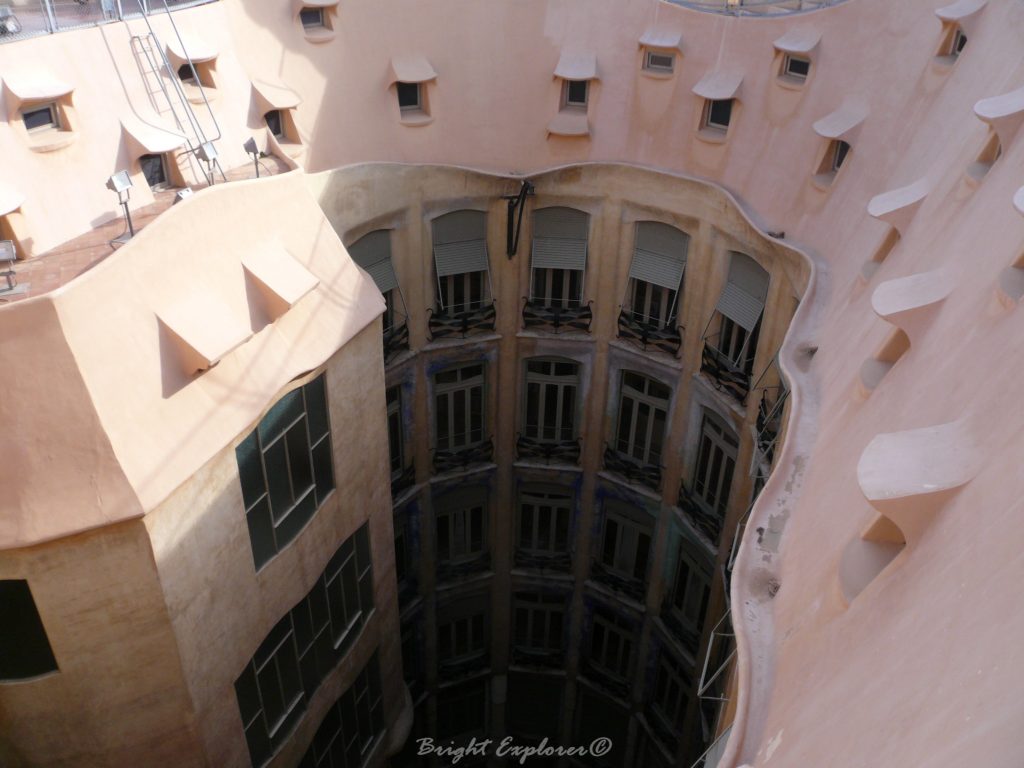
4. Park Guell
Eusebi Guell wanted the urbanization of the Gracia district in Barcelona, so he asked Antoni Gaudi to design a stylish park. Gaudi started its construction in 1900 and finished it in 1914. It opened in 1926, as a public park with gardens and architectural elements on different levels. It is declared as a World Heritage Site by UNESCO since 1984, as well. Stone structures, beautiful tiling, dragon fountains, and an amazing terrace with tiled seats for the panoramic view of Barcelona are among the spectacular conceptions of the architect. Inside the park, there is a small house which was then home for Antoni Gaudi and now functions as a museum with furniture designed by Gaudi himself.

5. Placa de Catalunya
Catalonia Square is a large and lively square, considered to be the city center which connects the old city to the 19th-century built Eixample district. It is famous for its fountains and statues. It used to be surrounded by famous theatres and cafés, too, which were crowded by well-known artists and writers.
6. Arc de Triomf
Arc de Triomf is the triumphal arch of the city. It was built by the architect Josep Vilaseca i Casanovas for the Barcelona World Fair. In contrast to other Triumphal Arches, this one is non-military, as it intended to welcome people. It was the gateway of the modern Barcelona of the late 19th century.

7. Parc de la Ciutadella
The greenest oasis in Barcelona, the Parc de la Ciutadella covers an area of 280,000 sqm that includes the city zoo, the Parliament, a lake, museums, greenhouses, a large fountain, and a waterfall. It is a great place to walk, have a picnic, or row a boat in the lake.
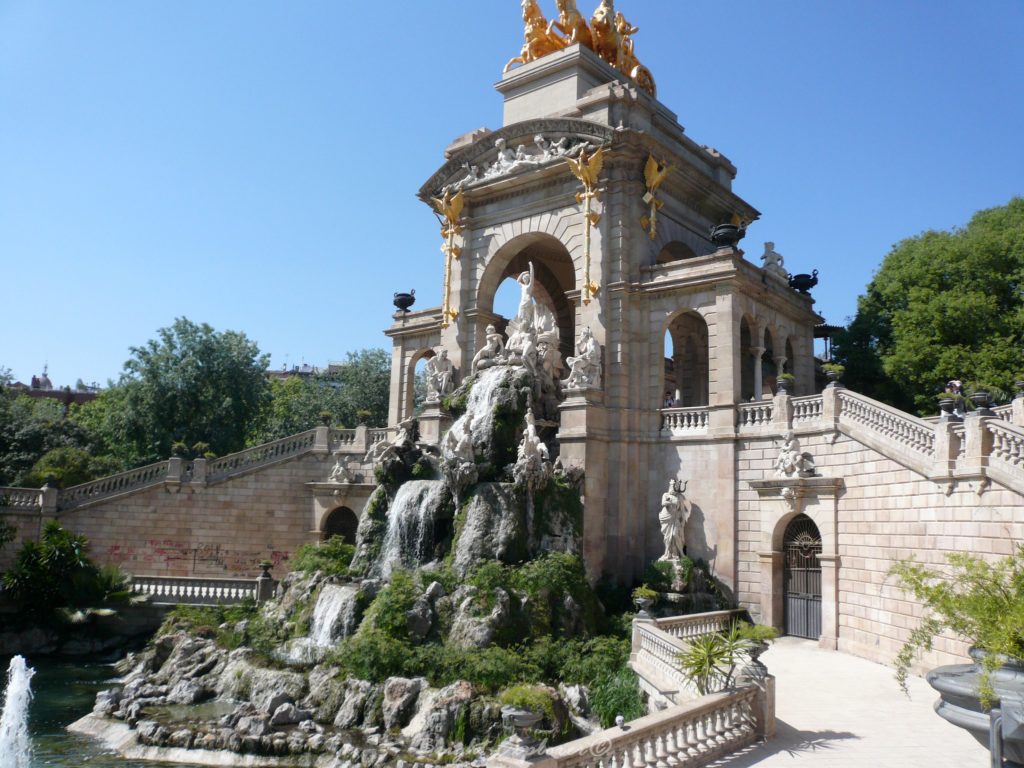
8. Columbus Monument
Barcelona installed a 60-m tall monument for Christopher Colombus, in 1888, in honor of his first voyage to America. The truth is that Columbus reported to the King and Queen of Barcelona and that he started his trip from their city. There are five copies of this monument, three in Spain, one in Belgium and one in Japan. Interestingly, there is a discussion on where exactly Columbus is pointing.

9. Barcelona’s port and beaches
Barcelona has a lot of beach areas that extend to 4.2 km of sandy beaches just a few minutes from the centre. They all offer clean and well-maintained lifeguard protection, with cafés and restaurants for drinks and food, many sea sports activities, as also relaxing amenities for swimming and sunbathing. Mar Bella beach has a nudist section and is a must for the worshippers of water sports. A bit further from the city, you will find Sitges beach.
The port of Barcelona is close to all the beaches and many of the aforementioned monuments. It is of great history and major importance, as it is Spain’s third and Europe’s ninth-largest container port. However, Barcelona has, also, two smaller ports.
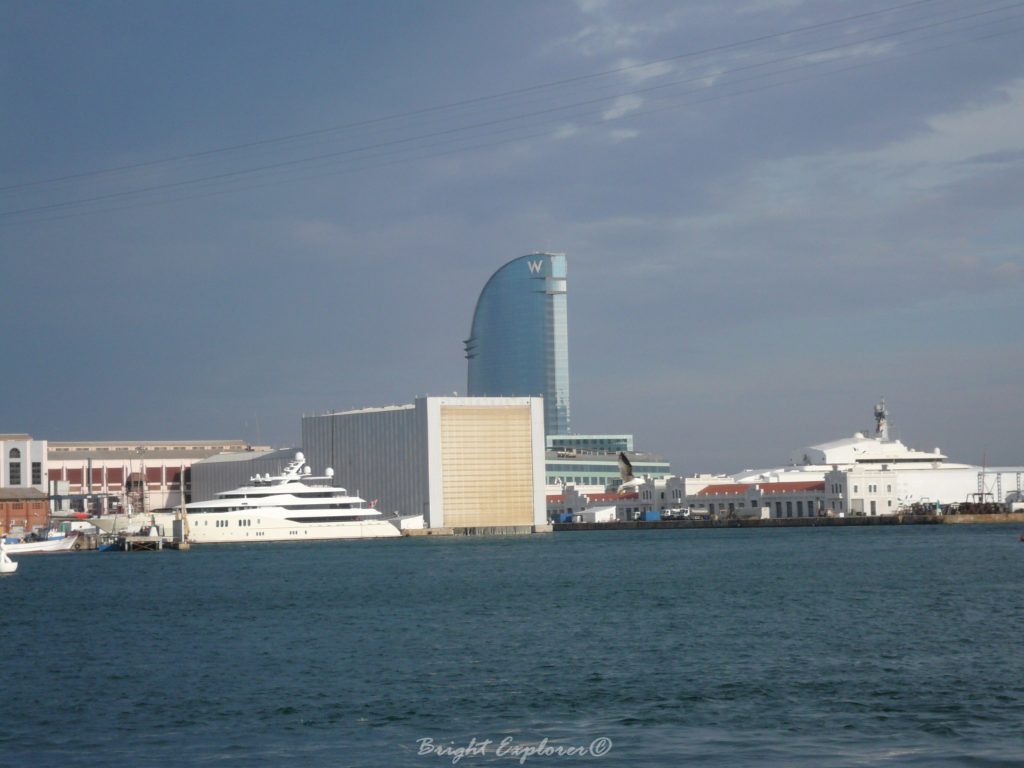
10. Plaza España (Plaça de Espanya)
Plaza España or the Spanish Square was the entrance to the 1929 World Fair. It is known for the two 47-m high Venetian Towers and the Magic Fountain designed by Carles Buigas. It is surrounded by the Arenas de Barcelona, original fashion brands, a hotel, and gastronomic attractions.
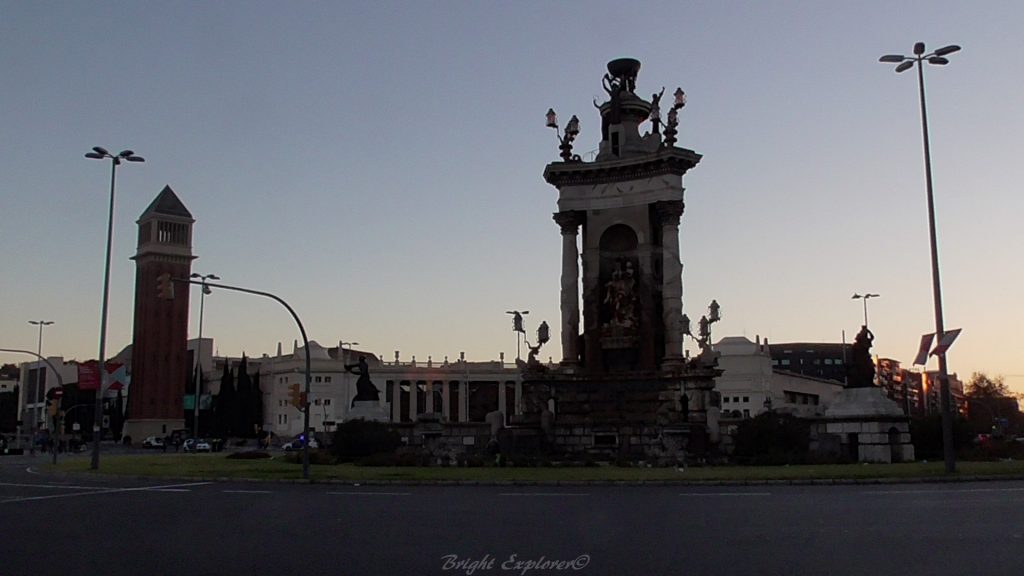
11. Gothic Quarter
The historic centre of the old city of Barcelona is called the Gothic Quarter, although not all the buildings date back to the Middle Ages. The streets are narrow and remind of a labyrinth. In the late 19th century and the early 20th century, the area received a restoration project which made it one of the main tourist attractions for the 1929 International Fair. Travellers walk through it to see the market of la Boqueria, the Tranquil square, the Roman temple, and the Gothic cathedral. There are restaurants and bars to eat and to party. Make sure, though, that you have extra time for your next sightseeing because you might get lost.

12. La Rambla
La Rambla, the most famous street in Barcelona. It connects the Catalonia Square with the Columbus Monument. ‘The only street in the world which I wish would never end’, quoted from Federico Garcia Lorca, is 1.2 km long and has many souvenir shops, flower shops, and expensive cafés. Honestly, it is so crowded, that performers choose it very often. Pickpockets too. It is the location of Barcelona’s historic theatres and museums.


